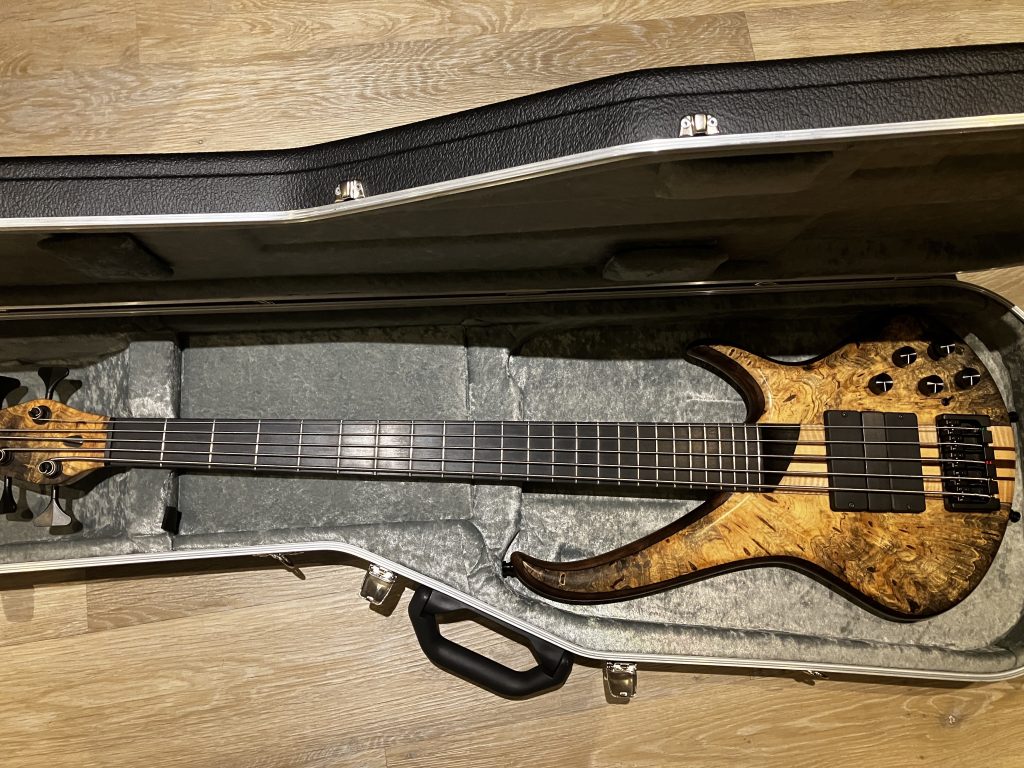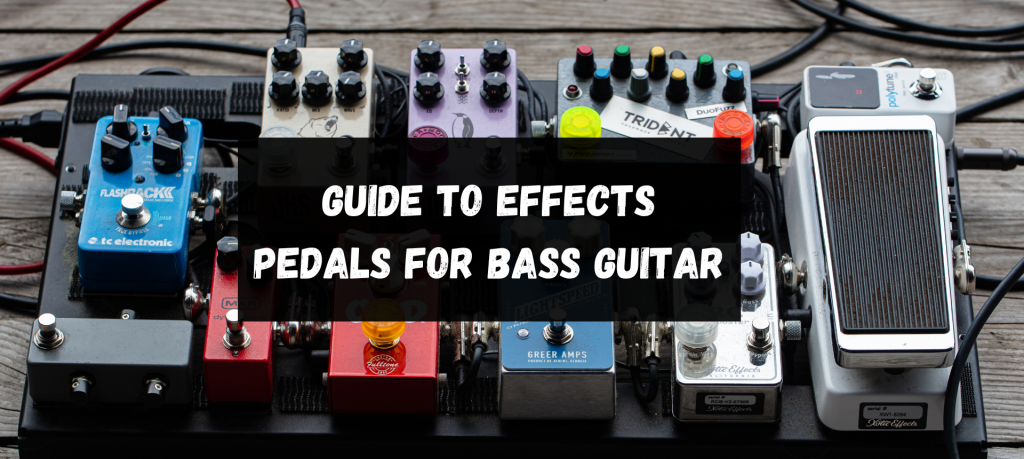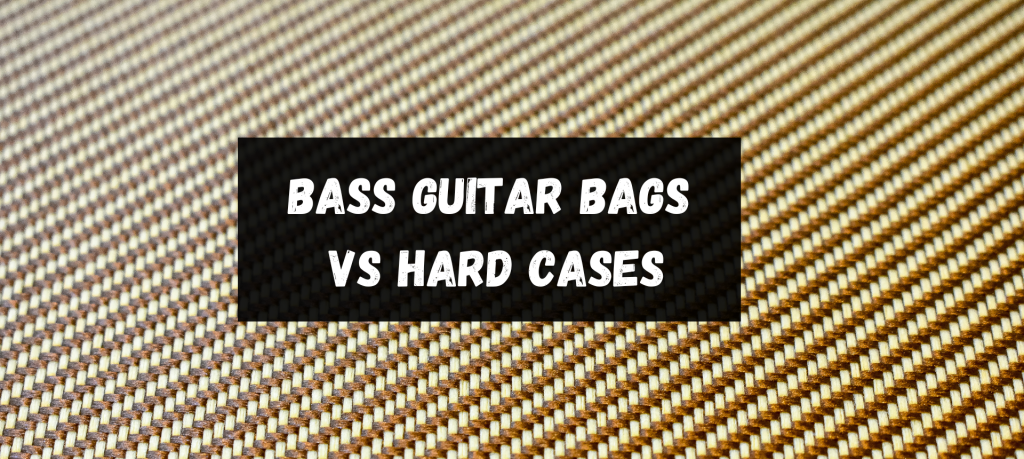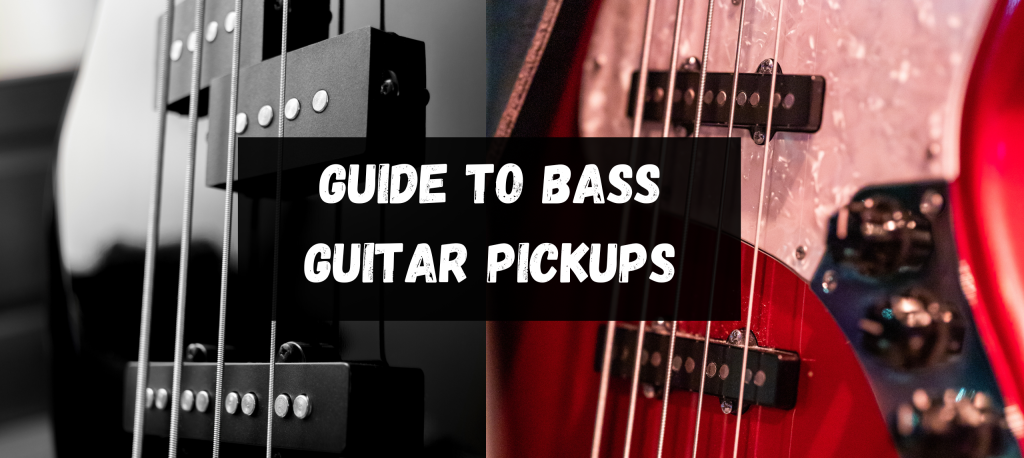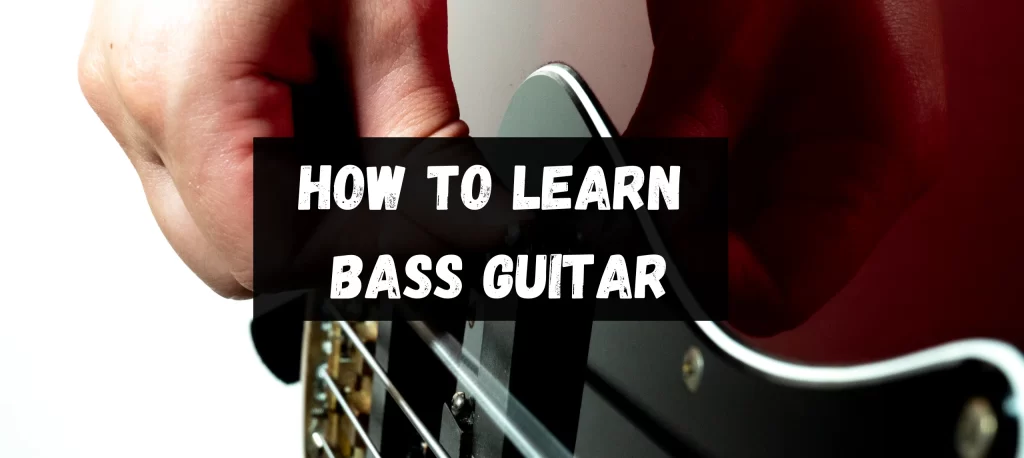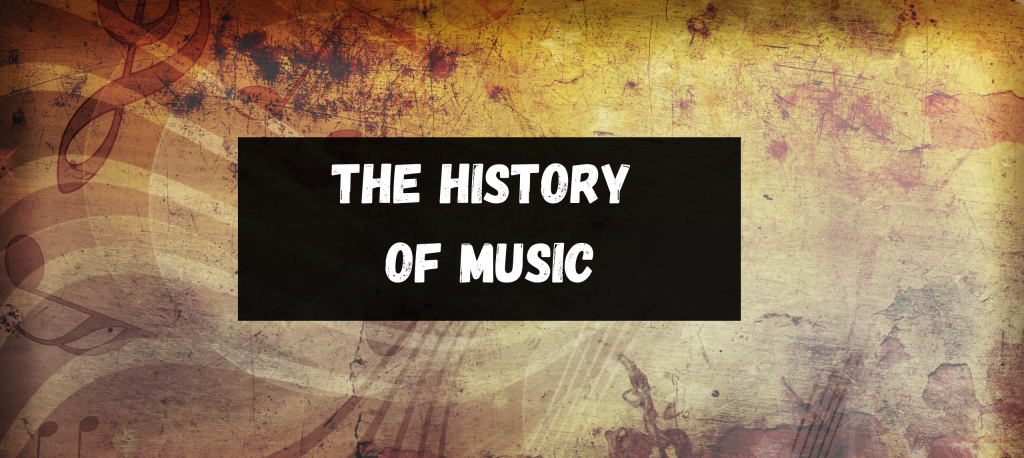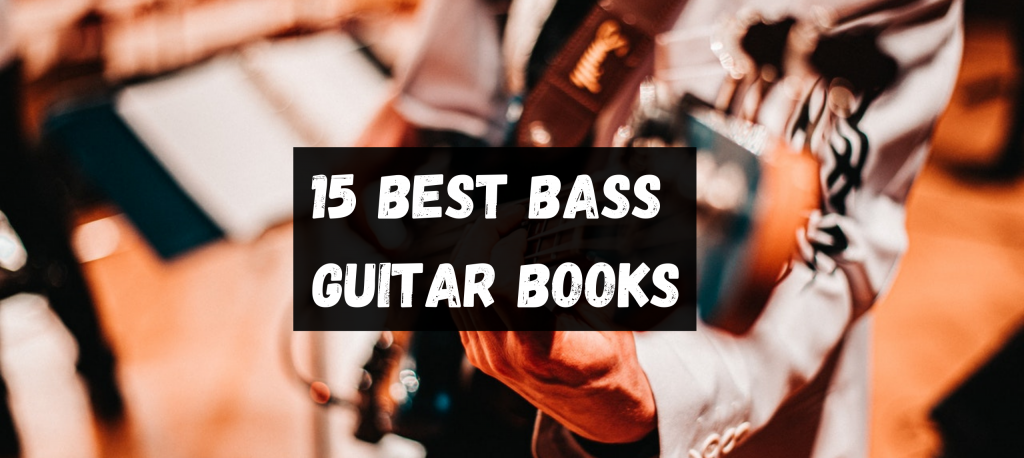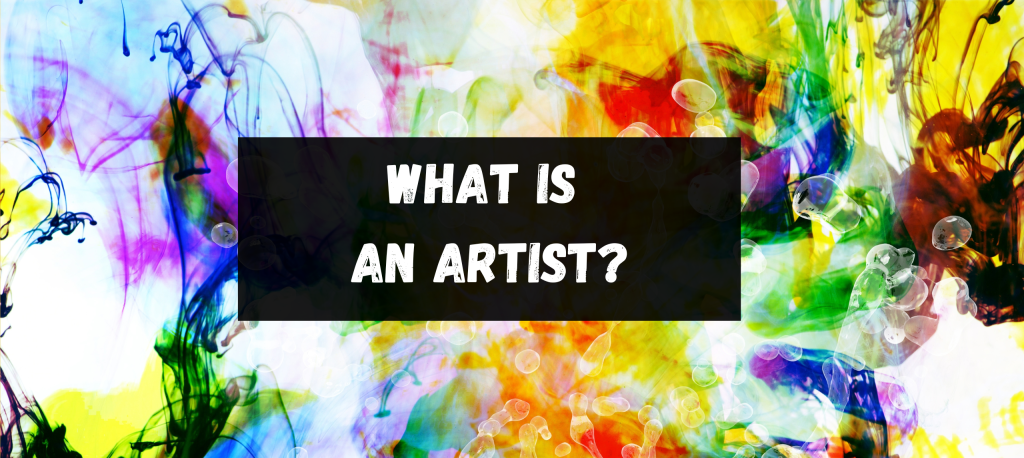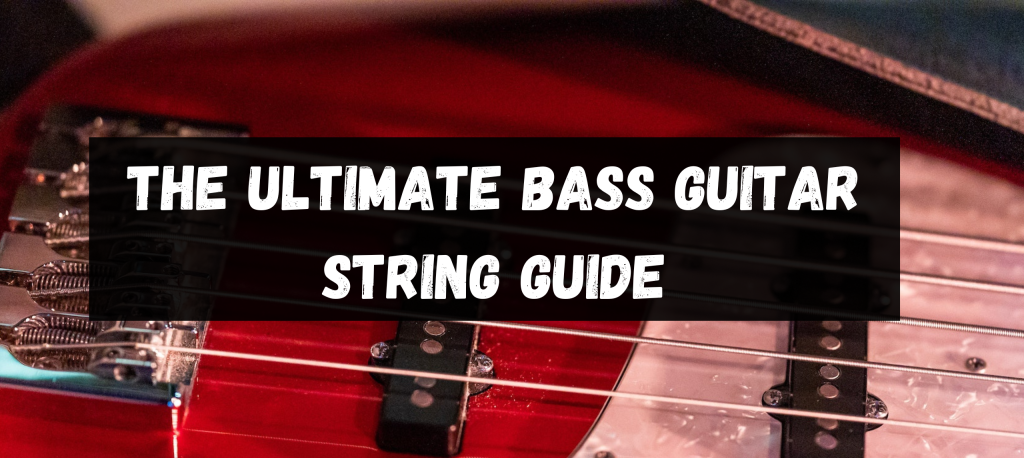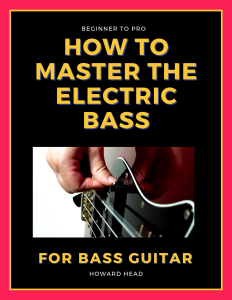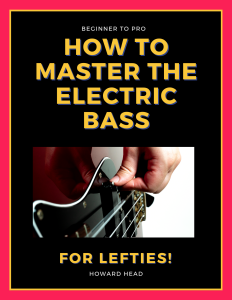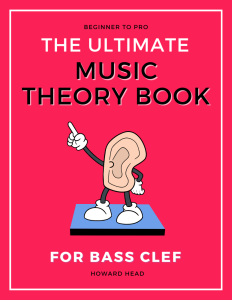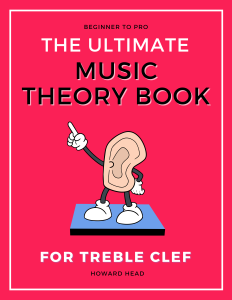August 28, 2023
Howard
In the wake of punk’s brash rebellion, a new sound began to resonate through Britain’s alleyways and underground clubs, one that promised complexity, introspection, and an audacious break from musical conventions. “What is Post-Punk music?” you might ask. This genre, emerging as punk’s sophisticated sibling, artfully weaves together the raw energy of its predecessor with avant-garde experimentalism and a daring desire to push boundaries. As we chart its origins and evolution, prepare yourself for a captivating journey into one of the UK’s most influential musical landscapes. The tale ahead, filled with sonic pioneers and revolutionary rhythms, promises insights that any music enthusiast would not want to miss.
Defining the Genre: Unravelling the core elements that make Post-Punk unique.
The Sound Spectrum
- A Fusion of Influences: Combining punk’s rawness with elements of dub, funk, and electronic music.
- Rhythm and Experimentation: Post-punk’s inclination towards complex rhythms and innovative guitar techniques.
- A Broader Palette: The introduction of synthesisers and non-traditional instruments into the mix.
Lyrical Content and Themes
- Introspection and Depth: A shift from punk’s often overtly political lyrics to more personal and abstract themes.
- Social Commentary: Despite its introspective lean, post-punk didn’t shy away from critiquing society.
The Cultural Backdrop: Exploring the socio-political landscape that birthed Post-Punk.
Britain in the Late ’70s and Early ’80s
- Economic and Political Turmoil: The effects of Thatcherism and a struggling economy on youth.
- Subcultural Movements: The rise of various youth movements and how they intersect with post-punk.
The Shift from Punk to Post-Punk
- Punk’s Decline: The factors leading to punk rock’s commercialisation and eventual fade from the limelight.
- A New Wave of Bands: Post-punk as an answer to the musical and cultural vacuum left by punk’s decline.
Navigating the History of Post-Punk
From Roots to Rebellion: Tracing the lineage from Punk to its offshoots.
- Punk’s Uprising: The socio-political landscape and the DIY ethos that birthed Punk rock in the mid-’70s.
- Divergent Directions: How punk’s monolithic approach began to fragment into various subgenres, including Post-Punk.
- Key Bands and Pioneers: Mentioning seminal figures like Joy Division, Siouxsie and the Banshees, and The Fall who diverged from traditional punk soundscapes.
A Timeline of Transformation: Highlighting Post-Punk history’s key eras and evolutions.
- Late ’70s: The foundational years where Post-Punk began to carve its identity distinct from mainstream punk.
- The ’80s Explosion: The period when Post-Punk morphed, introducing offshoots like Gothic rock and New Wave.
- Post-Punk Revival in the 2000s: How bands like Interpol and The Strokes brought elements of Post-Punk back into the limelight.
- Contemporary Influence: Understanding Post-Punk’s lingering influence on today’s indie and alternative scenes.

Characteristics and Stylistic Traits of Post-Punk
Distinctive Soundscapes: Breaking down the unique sonic elements.
- Atmospheric Ambience: The prominence of reverb and delay effects that give Post-Punk its immersive soundscape.
- Rhythmic Diversity: A shift from punk’s straightforward drum patterns to more complex, often danceable beats, drawing influences from reggae and funk.
- Bass-Driven Melodies: A hallmark of Post-Punk – the bass often takes a leading melodic role, rather than just a rhythm accompaniment.
- Guitars and Experimentation: A move away from punk’s power chords to jangly, angular, and sometimes discordant guitar sounds.
Avant-Garde Influence: Understanding the experimental tendencies in the genre.
- Art School Connection: Many Post-Punk musicians emerged from art school backgrounds, introducing an experimental and conceptual approach to music.
- Non-Traditional Instruments: Use of synthesisers, drum machines, and sometimes even classical instruments, showing Post-Punk’s willingness to break barriers.
- Lyricism and Themes: A departure from punk’s overtly political lyrics to more abstract, introspective, and often existential themes.
- Aesthetic and Visual Arts: The strong ties between Post-Punk and the visual arts, with many bands heavily investing in distinctive album art, music videos, and stage aesthetics.
The Faces of Post-Punk: Celebrated Artists and Iconic Albums
Pillars of the Movement: Notable figures and their contributions.
- Joy Division: Fronted by Ian Curtis, their haunting sound and introspective lyrics became a blueprint for the genre.
- Siouxsie and the Banshees: With their unique blend of the macabre and the avant-garde, Siouxsie Sioux and her band were central to the scene.
- The Fall: Mark E. Smith’s outfit was famed for its eclectic style and prolific output, remaining active and influential for decades.
- Gang of Four: Combining sharp social commentary with an angular, guitar-driven sound, this band epitomised the political edge of Post-Punk.
Essential Discography: Albums that defined and refined the genre.
- “Unknown Pleasures” – Joy Division: A landmark in Post-Punk, this album’s atmospheric soundscapes and poignant lyrics resonate deeply even today.
- “Juju” – Siouxsie and the Banshees: A masterclass in dark, theatrical sound combined with poetic lyrics.
- “Entertainment!” – Gang of Four: A groundbreaking release, filled with social critique wrapped in compelling rhythms and riffs.
- “Hex Enduction Hour” – The Fall: Showcasing the band’s idiosyncratic style, this album is a deep dive into Post-Punk’s more experimental tendencies.
Beyond Just Sound: Post-Punk’s Broader Cultural Impact
Fashion and Aesthetics: How Post-Punk Influenced Style Statements.
Monochrome and Minimalism:
The stark contrast of black and white became a signature look, reflecting the genre’s raw and unfiltered ethos.
- Bands like Joy Division and Bauhaus donned simple, yet striking attire that became emblematic of the movement.
DIY Ethic:
Much like its punk predecessor, the Post-Punk era celebrated self-expression through homemade and altered clothing.
- Band patches, pins, and hand-painted designs became a popular means of personal expression.
Androgyny and Fluidity:
Challenging gender norms, many Post-Punk artists embraced androgynous looks, paving the way for future fashion trends.
- Siouxsie Sioux and Peter Murphy are notable examples of figures who played with gender presentation.
Literature and Media: Exploring books and films rooted in the Post-Punk ethos.
The Written Word:
Numerous authors have penned works exploring or influenced by the societal shifts and sounds of the Post-Punk era.
- Novels such as “England’s Dreaming” by Jon Savage provide an in-depth look at this transformative period.
Cinematic Representations:
Post-Punk’s dark and introspective themes found a home in cinema, influencing both narrative and aesthetic.
- Films like “Control” delved into the lives of Post-Punk icons, offering a window into the turbulent world from which music sprang.
- The gritty urban settings and raw storytelling of many independent British films of the era capture the Post-Punk spirit.
Subgenres and Adjacent Movements
Soft Post-Punk to Shoegaze: Unpacking the variety within the Post-Punk umbrella.
Soft Post-Punk:
A Mellower, often more melodic version of traditional Post-Punk, with a focus on atmospheric and introspective soundscapes.
- Characterised by less abrasive instrumentation while retaining the genre’s signature introspection.
- Acts like The Sound and The Chameleons stand as key figures in this soft approach to the genre.
Shoegaze:
Emerging in the late ’80s, this genre blends ethereal soundscapes, fuzzy guitars, and a wall of sound approach.
- Bands like My Bloody Valentine and Slowdive typify the blend of noise and dreaminess.
- Named for musicians’ tendency to look downwards at their effects pedals while performing.
Gothic Rock:
A darker, more theatrical offshoot with roots in Post-Punk.
- Incorporates moody atmospheres and often deals with themes of existentialism and romanticism.
- Bands such as Bauhaus and Siouxsie and the Banshees paved the way for this darker iteration.
The Ethos of Related Genres: Understanding the philosophical underpinnings.
Industrial:
An Aggressive and experimental genre often incorporating non-musical sounds and driven by technology and commentary on industrial society.
- Thematically, it addresses the coldness of modernity and critiques capitalist culture.
- Pioneers like Throbbing Gristle and Cabaret Voltaire played crucial roles in its inception.
No Wave:
An Avant-garde offshoot, more experimental and dissonant than its Post-Punk counterpart.
- Arising from New York City in the late ’70s, it had a brief, but impactful lifespan.
- Artists like James Chance and Lydia Lunch pushed boundaries both musically and thematically.
Synth-Pop:
Embracing technology, this genre saw a shift towards synthesisers and drum machines, while often retaining Post-Punk’s introspective lyrics.
- A response to the growing influence of technology on everyday life during the ’80s.
- Acts such as Depeche Mode and New Order seamlessly blended emotion with electronics.
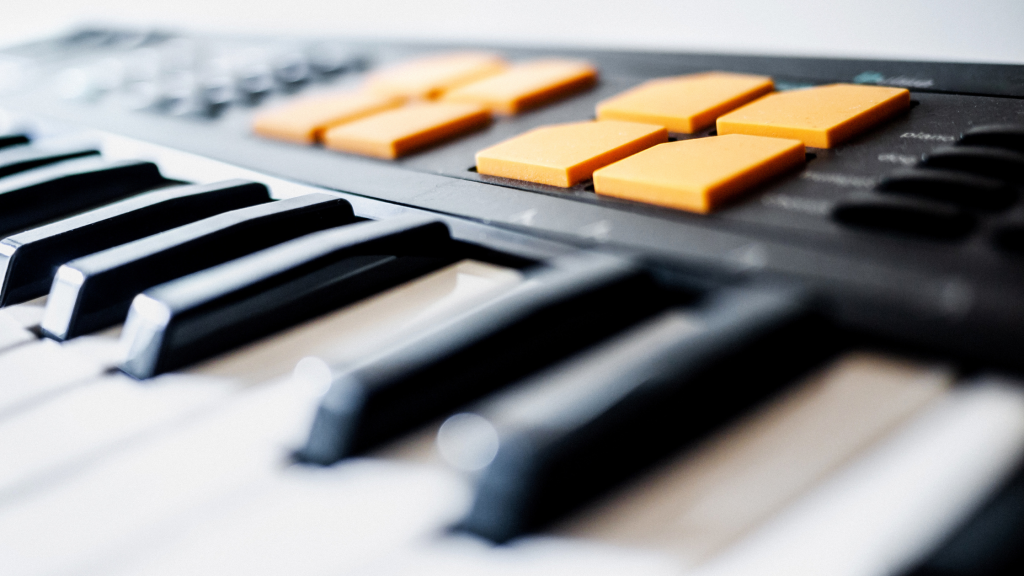
The Modern Resonance of Post-Punk
Contemporary Artists and their Post-Punk Ties: Examining today’s music through a Post-Punk lens.
The Revival of the 2000s and 2010s:
- Bands such as Interpol and Editors revitalised the Post-Punk sound for a new generation, merging traditional motifs with modern sensibilities.
- The emergence of Post-Punk influenced Indie rock with bands like The Strokes incorporating elements of the genre.
Fusion with Other Genres:
- Genres like darkwave and neo-psychedelia incorporate significant Post-Punk elements, showcasing the genre’s enduring flexibility.
- Acts like The Horrors demonstrate the blend of Post-Punk with psychedelic and Gothic influences.
The Global Spread:
- Modern bands outside the UK, from Fontaines D.C. (Ireland) to Molchat Doma (Belarus), showcase Post-Punk’s global resonance.
- Post-Punk’s influence is seen across continents, breaking cultural and linguistic barriers.
Resources for the Passionate Listener: Books, documentaries, and more for deeper exploration.
Recommended Reads:
- “Rip It Up and Start Again: Postpunk 1978–1984” by Simon Reynolds – An in-depth look at the genre’s formative years.
- “England’s Dreaming” by Jon Savage – While primarily about punk, it offers context for the subsequent rise of Post-Punk.
Must-Watch Documentaries:
- “Joy Division” – A documentary that delves into the life and times of one of Post-Punk’s most iconic bands.
- “24 Hour Party People” – A film charting the rise of Factory Records, seminal in the development of Post-Punk and its offshoots.
Digital Dive:
- Various podcasts and YouTube channels dedicate episodes or entire series to dissecting Post-Punk’s expansive realm.
- Streaming platforms curate Post-Punk playlists, making it easier for new listeners to discover and old aficionados to reminisce.
Conclusion
Post-Punk is not merely a genre of music; it is a multifaceted cultural phenomenon that continues to resonate through various facets of art, politics, and society. Emerging from the ashes of punk rock, Post-Punk has etched an enduring legacy, not confined to the pages of history but continually evolving and adapting. Its experimental nature, willingness to challenge norms, and unique blend of influences have made it a rich and diverse landscape that invites exploration.
From its inception in Britain’s underground clubs to its influence on global music, fashion, and media, Post-Punk is a testament to the power of creativity to reflect and shape the zeitgeist. Whether through iconic bands like Joy Division and The Fall or contemporary artists pushing its boundaries, Post-Punk’s spirit lives on. Its blend of introspection, rebellion, and innovation continues to inspire and challenge, proving that Post-Punk is not just a historical movement but a living, breathing entity that continues to push musical and cultural boundaries.
In the words of Ian Curtis, “Existence, well, what does it matter? I exist on the best terms I can.” Post-Punk encapsulates this existential questioning, a journey that continues to be as relevant and resonant today as it was in its seminal years.
Cast an Eye Over These

Howard Head
I turn confused bass enthusiasts into bass gods through a simple and logical process.



